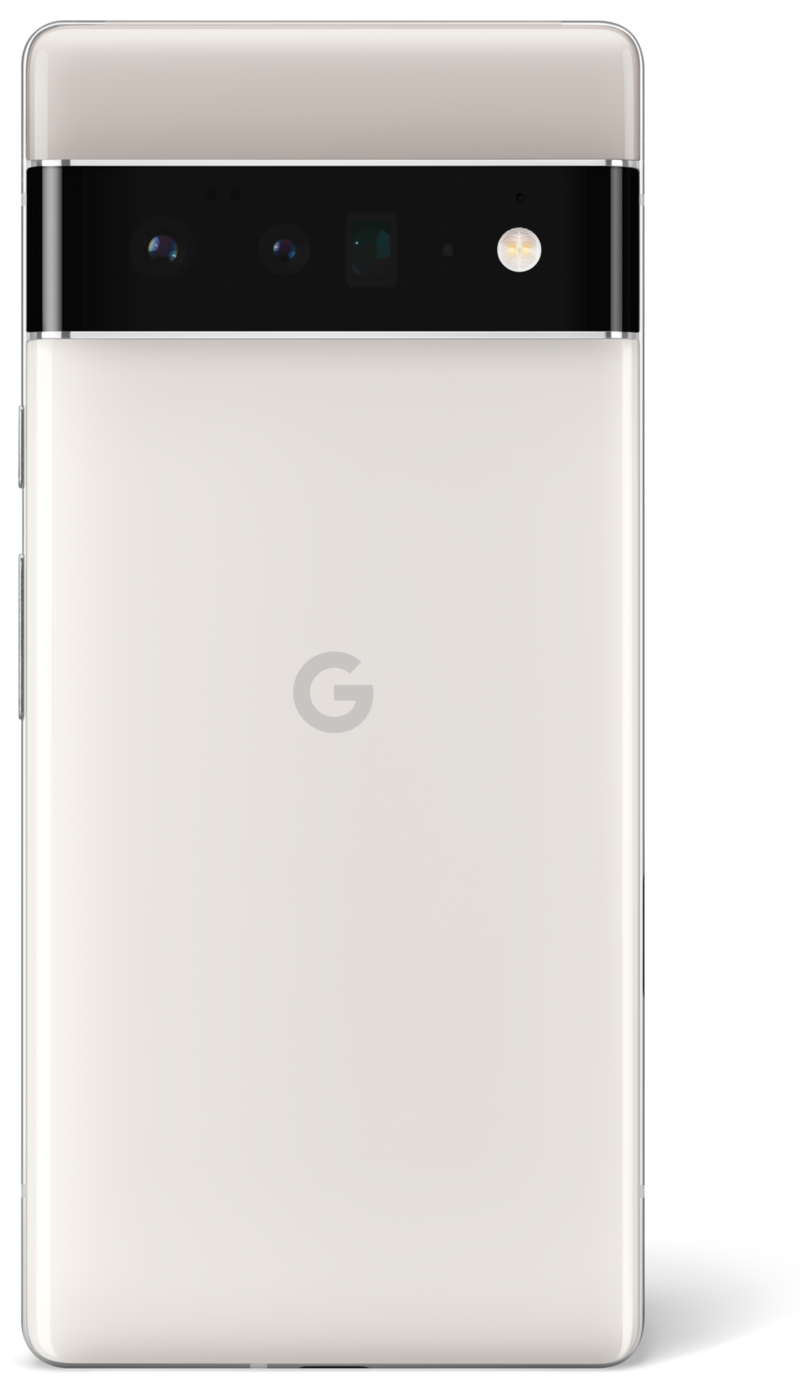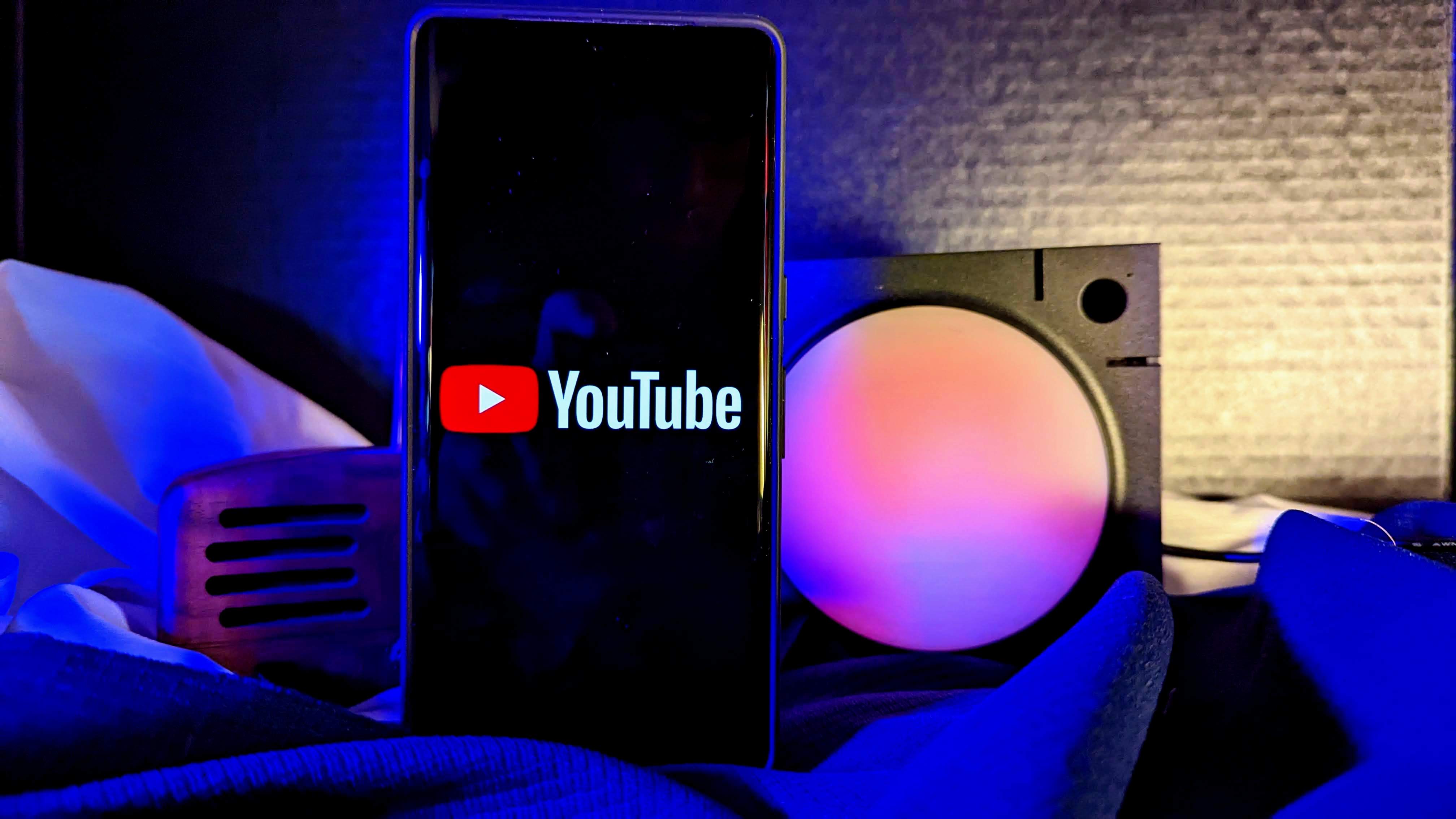5 reasons to get the Pixel 6 Pro instead of the regular Pixel 6

Everyone's smartphone needs are different. Not everyone likes big phones. Not everyone needs the very best camera or multi-day battery life or quick charging. But depending on your situation and your priorities, there are plenty of reasons why upgrading to the Google Pixel 6 Pro instead of the base model Pixel 6 might make sense.
There's a reason Google calls this model its "first flagship phone" — the Pixel 6 Pro is more advanced and more high-end than any previous Pixel model, and that includes its little brother.
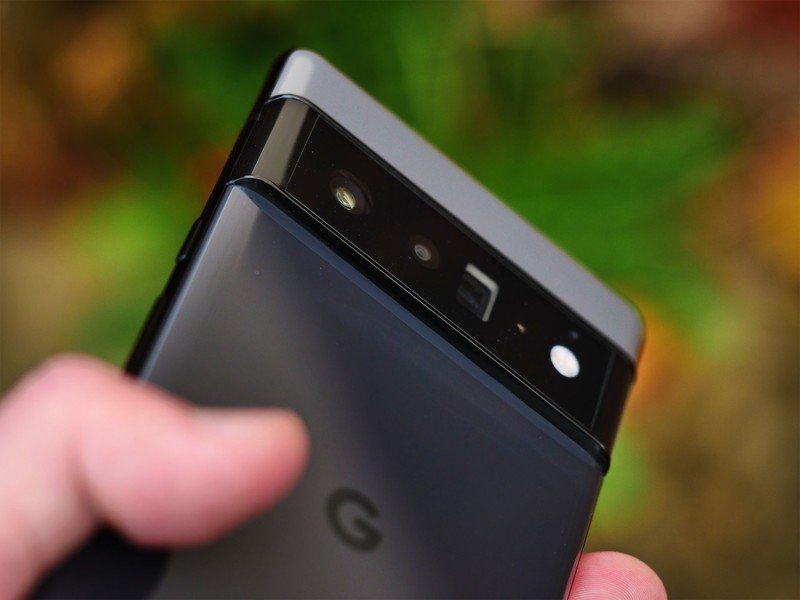
1. That telephoto camera
The single most extensive upgrade in the Pixel 6 Pro is the rear camera system. While the smaller Pixel 6 packs the same main and ultrawide shooter as the more expensive model, only the Pro offers Google's 4X 48-megapixel telephoto camera. Compared to hybrid zoom from the main sensor on the standard Pixel 6, there's simply no comparison. The standard camera is good for up to around 2 to 3X, but for longer telephoto captures, you'll want to take advantage of the folded periscope camera of the Pro.
There's no substitute for a real telephoto camera.
The vanilla Pixel 5 maxes out at a 7X hybrid zoom level from the primary sensor, whereas the Pro lets you zoom up to 20X through its dedicated telephoto.
The added versatility of a true telephoto camera with a decent zoom level will change how you think about smartphone photography. Scenes that were impossible to capture with a reasonable level of clarity are suddenly just a tap away. And the relatively large sensor size of the telephoto camera also allows for a subtle bokeh effect that works well in zoomed portrait shots.

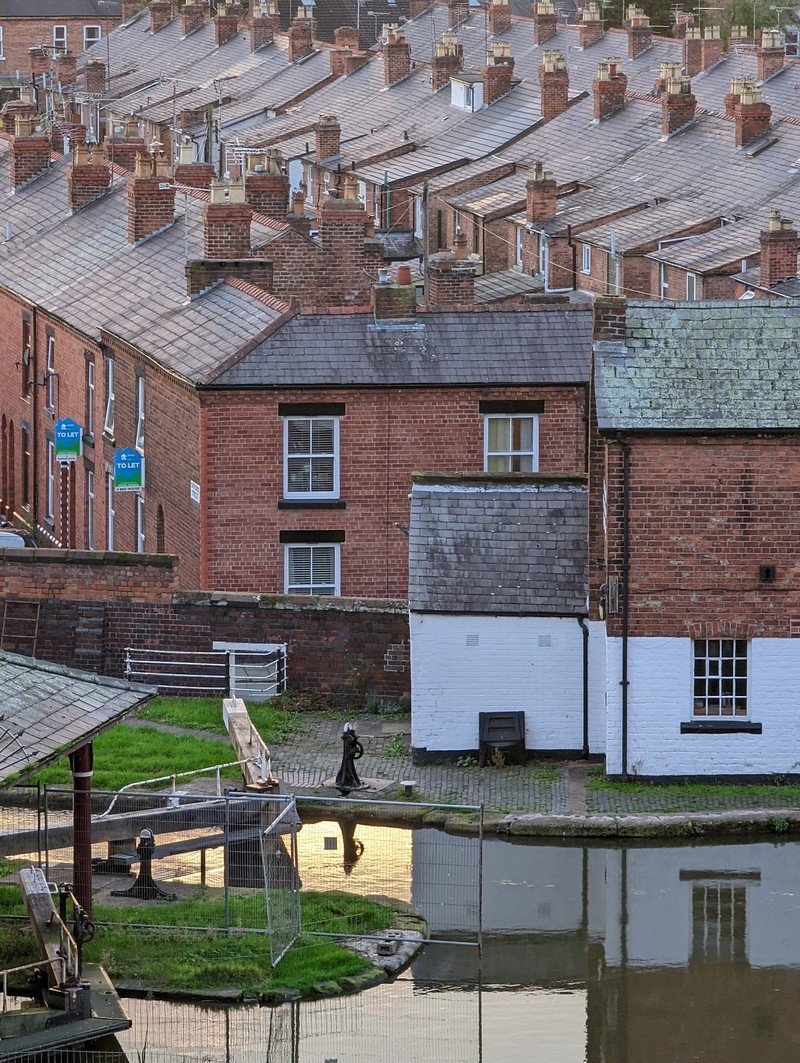
2. A superior display
Get the latest news from Android Central, your trusted companion in the world of Android
The Pixel 6 Pro's screen is a step above the standard model in just about every way. Although the increase in refresh rate, from 90Hz to 120Hz, isn't especially noticeable to everyone, you'll appreciate the bump up to a Quad HD+ resolution in addition to the larger overall size of the panel.
The larger canvas and increased resolution of the Pro's 6.7-inch screen mean you'll see more of your content, and it'll look better. Of course, not everyone is a fan of curved screens, and the waterfall display of the Pixel 6 Pro has a more pronounced curve than some competitors. Still, there's no denying that this approach helps to reduce the appearance of bezels on a phone that already has fairly small screen borders.
3. More RAM = better futureproofing
Right now, 8GB of RAM is more than enough for anything you're going to be doing on a smartphone. But the Pixel 6 series will be supported for Android security updates until late 2026. By that time, it's likely Android, and the apps that run on it, will be weightier and more memory-hungry.
The Pixel 6 Pro's 12GB of RAM gives it an extra level of future-proofing if you plan on keeping your phone for several years. Perhaps it won't be a major factor if you plan on trading in your phone for a Pixel 7 in 12 months. But if you're purchasing for the long term, it's worth considering.
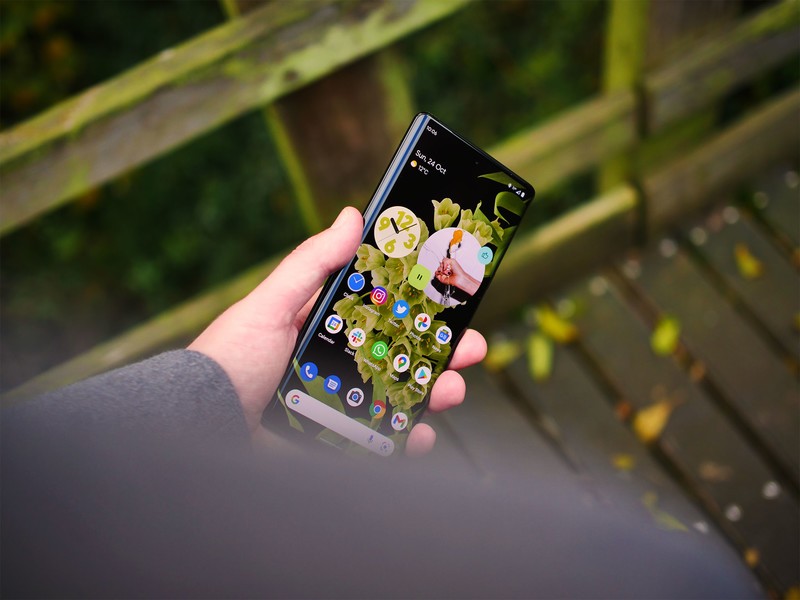
4. Better (and wider) selfies
The other significant hardware upgrade in the Pro is its selfie camera. With a 94-degree field of view, it's almost as wide as the Pixel 3's famous ultrawide front-facer, allowing you to fit more friends or scenery (or both) into your shots. It's like having a built-in selfie stick, and it means you won't have to crane your arm anytime you want to capture a wider view of what's around you.
The 6 Pro's selfie shooter is effectively two cameras in one.
Meanwhile, the Pixel 6 Pro selfie camera's higher resolution — 11.1 megapixels compared to 8 megapixels — means you can still punch in for a slightly tighter shot with the same level of detail as the regular Pixel 6 selfie camera. And the larger pixel size on the sensor — 1.22μm versus 1.12μm will allow for brighter captures in low light.
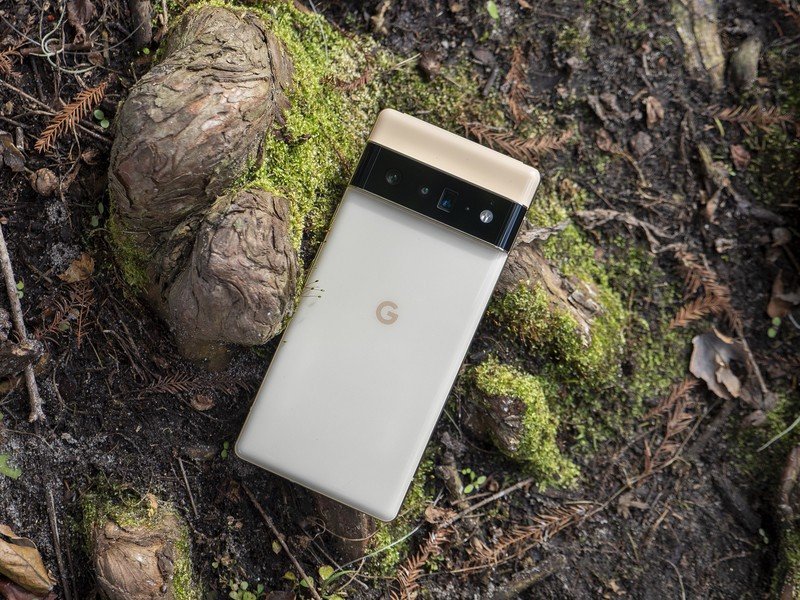
5. Those colors!
OK, this is a matter of personal taste. But if you want what are, in my opinion, the two best Pixel 6 colors, you'll need to opt for the Pro. The "sorta sunny" and "cloudy white" hues are only available for the Pixel 6 Pro, complete with glossy sidewalls for added flair. It's a welcome respite from the past 12 months of reasonably dull Google Pixel colors.
And while there may be more vibrant hues with the smaller Pixel 6, the Pro definitely has a classier look, in part thanks to its color palette.

Alex was with Android Central for over a decade, producing written and video content for the site, and served as global Executive Editor from 2016 to 2022.
